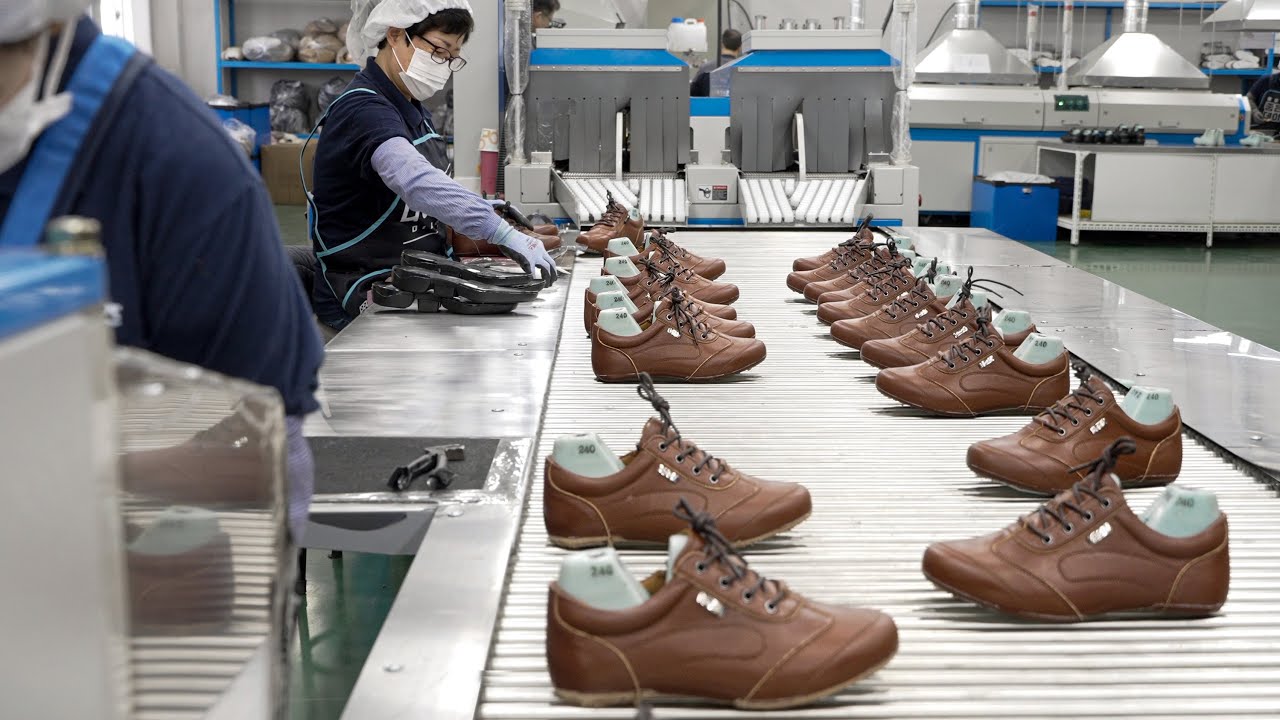Feasibility Report
On Shoes Manufacturing
A process of creating footwear, starting from design concepts to material selection, production, and quality control. This feasibility report assesses the viability of establishing a shoe manufacturing venture, considering market demand, production costs, and potential profitability.
Introduction
Feasibility Report For Shoes Manufacturing.
A shoe is a group of footwear that is intended to protect and provide comfort to the human foot. They are frequently worn with socks. Shoes are often utilised for adornment and fashion. Shoes have evolved dramatically throughout time and across cultures, with shape originally being linked to function. Though the human foot can adapt to a wide range of terrains and climates, it is nevertheless subject to environmental risks such as sharp rocks and temperature fluctuations, which shoes protect against. Some shoes, such as steel-toe boots, are worn as safety equipment, such as at industrial job sites.
Furthermore, fashion has frequently dictated numerous design details, such as whether shoes have very high or flat heels. The style, intricacy, and cost of modern footwear vary greatly. basic sandals with a thin sole and a basic strap can be purchased for a modest price. Famous designers’ high fashion shoes may be made of expensive materials, have intricate construction, and sell for enormous sums of money.

Some shoes are built for specific functions, such as climbing or skiing boots, whilst others have a more generalized usage, such as trainers, which have evolved from a special purpose sports shoe to a general use shoe. Shoes used to be made of leather, wood, or canvas, but they are now increasingly constructed of rubber, plastics, and other petrochemical-derived materials.
Shoe manufacturing is the process of creating footwear for a variety of functions, in a variety of styles and designs. It consists of numerous stages, beginning with design and pattern creation and progressing to material selection and procurement. Cutting machines are used to form the chosen materials, which could be leather, rubber, fabric, or synthetics.

Following that, experienced employees sew or glue the components together to make the upper, midsole, and outsole of the shoe. The shoes are subjected to quality checks to verify that they fulfill set requirements. The shoes are then packed and ready for distribution to merchants or customers. To match consumer needs and fashion trends while providing comfortable and durable footwear, the shoe manufacturing business is always exploring advances in materials, production procedures, and sustainable practices.
Feasibility Report Sample On Shoes Manufacturing



Market Strategy of Shoes Manufacturing
The worldwide footwear industry was worth $409.5 billion in 2022 and is expected to be worth $725.1 billion by 2032, rising at a 5.9% CAGR from 2023 to 2032.
The shoe manufacturing business has long been an important player in the global economy, and its future prospects look bright. This industry manufactures footwear ranging from casual shoes to high-end luxury brands, catering to a wide range of consumer interests and demographics. The world’s population is growing, which means that the shoe manufacturing industry’s consumer base is expanding. As more people relocate from rural to urban regions, urbanisation, particularly in developing countries, is fuelling demand for shoes. As urban lifestyles become more common, there is a larger demand for a wide range of footwear to meet a variety of purposes, such as formal wear, casual shoes, sports footwear, and specialised products for certain activities.


The rising number of working professionals has raised overall demand for formal and casual shoes. Furthermore, the growing fashion consciousness and changing interests of women have increased demand for the nonathletic footwear sector. The existence of a diverse range of footwear, including sandals, heels, and wedges, dominates the nonathletic footwear market. The surge in demand among children for a wide range of footwear, including flip-flops, sandals and boots, contributes to the global market’s expansion. Furthermore, the rise in the number of working professionals, combined with an increase in fashion consciousness and the desire to seem attractive and trendy, boosted the overall growth of the nonathletic footwear market.
The constantly expanding consumer base is one of the key drivers of the shoe manufacturing industry’s growth. The footwear industry serves a wide range of customers, including men, women, and children of all ages. Furthermore, with the rise of e-commerce, manufacturers may access consumers from all over the world, giving them a greater market reach and more chances for personalization.



